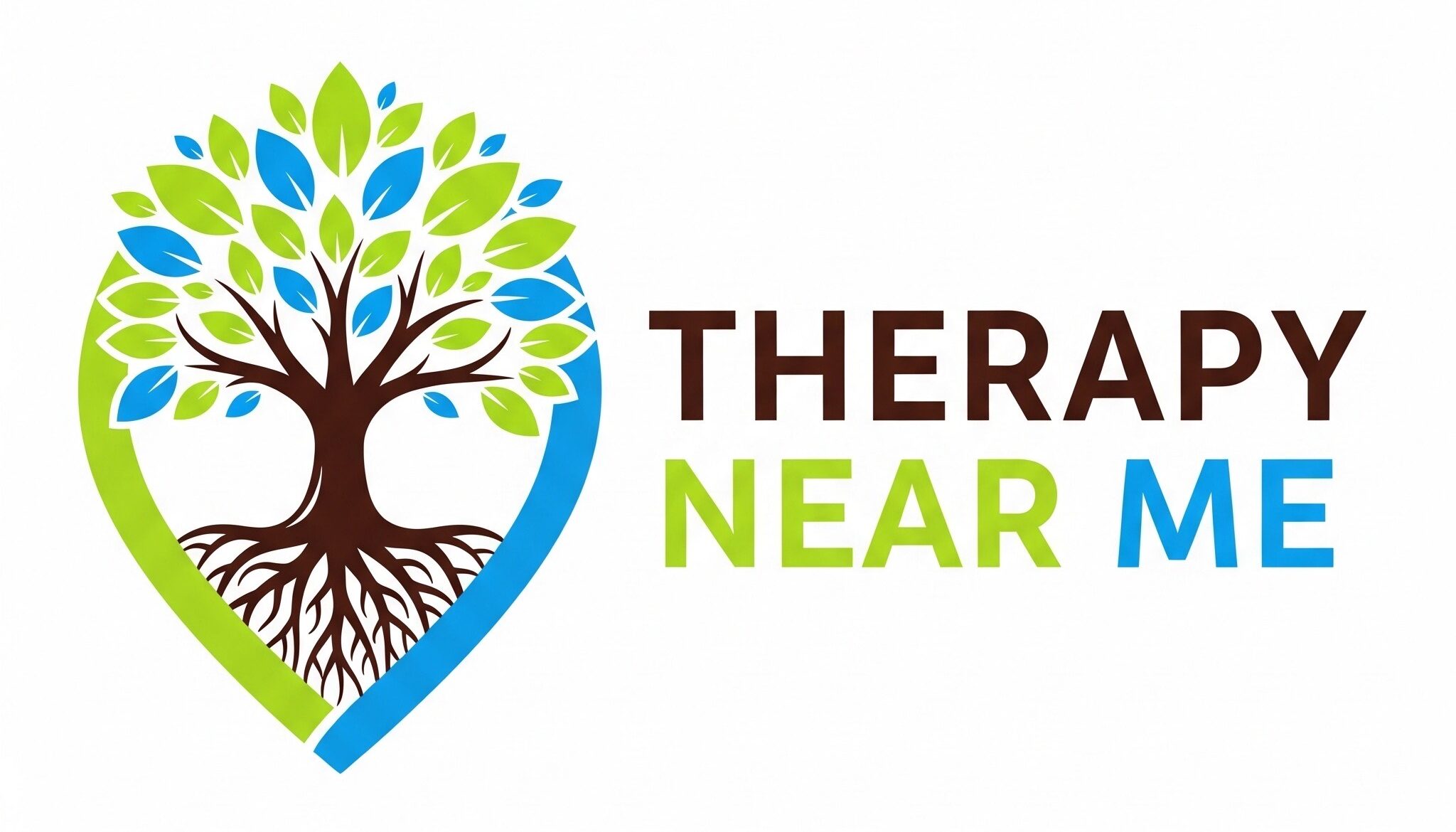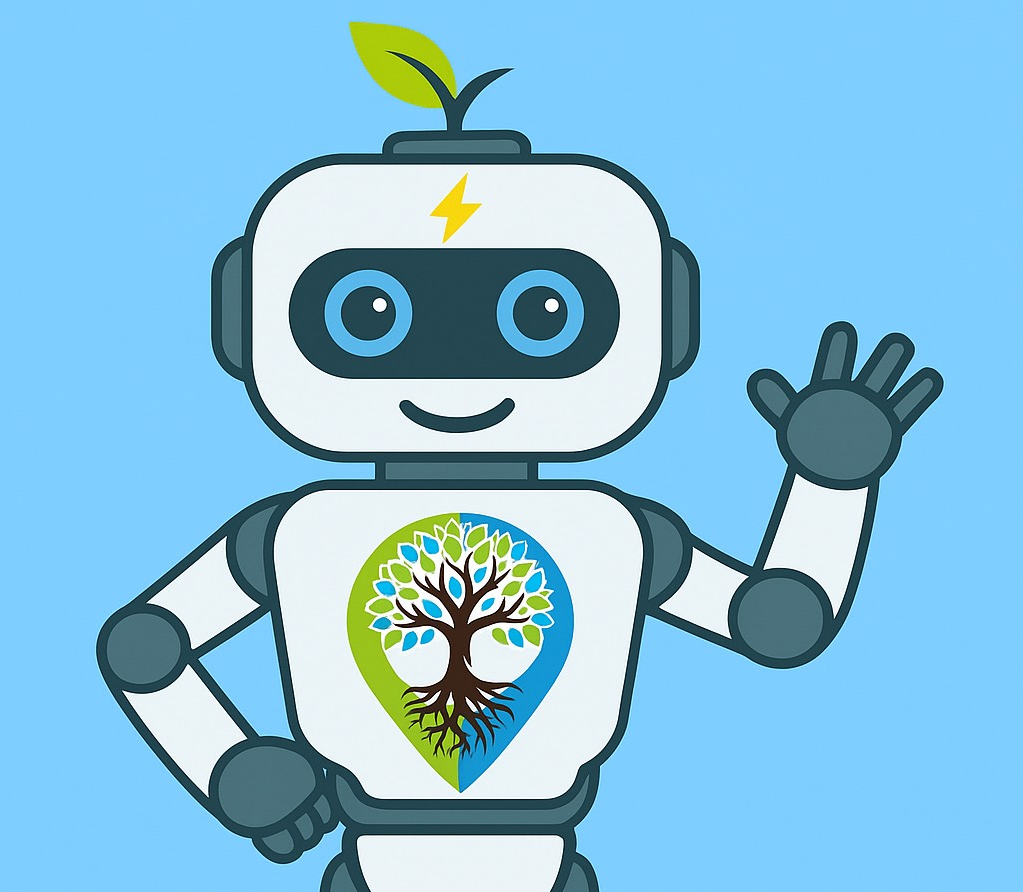Substance abuse, also known as substance use disorder, involves the excessive use of addictive substances such as alcohol, drugs, and tobacco. This condition leads to significant health, social, and economic problems, both for individuals and communities. This article provides a comprehensive overview of substance abuse, examining its causes, consequences, and the effectiveness of various treatment options.
Definition and Types of Substances
Substance abuse refers to the harmful or hazardous use of psychoactive substances, including alcohol and illicit drugs. Psychoactive substance use can lead to dependence syndrome, which is characterised by a cluster of behavioural, cognitive, and physiological phenomena that develop after repeated substance use (World Health Organization, 2018).
Commonly Abused Substances
- Alcohol: Despite its legal status, alcohol is one of the most commonly abused substances, with a significant burden of disease associated with its excessive use.
- Prescription Drugs: This includes opioids, anti-anxiety medications, and sedatives which are legally prescribed but often misused.
- Illicit Drugs: Commonly abused illicit drugs include marijuana, cocaine, heroin, amphetamines, and ecstasy.
Causes and Risk Factors
Substance abuse does not result from a single cause; rather, it is the result of a complex interplay of genetic, psychological, and environmental factors:
- Genetic Predisposition: Genetics can play a significant role, with a higher risk among those who have a family history of substance abuse.
- Mental Health Disorders: Individuals with mental health issues such as depression, anxiety, or post-traumatic stress disorder (PTSD) are more prone to substance abuse.
- Peer Pressure: Especially among teens and young adults, peer pressure is a significant factor that can lead to experimentation with substances.
- Environmental Influences: Exposure to environments where drug use is common increases the risk of developing substance abuse problems.
Consequences of Substance Abuse
The impact of substance abuse is wide-ranging:
- Health Effects: These include a weakened immune system, liver disease, heart disease, and neurological damage, as well as the risk of contracting diseases such as HIV/AIDS through needle sharing.
- Psychological Impact: Substance abuse can exacerbate mental health disorders, lead to cognitive impairments, and affect emotional well-being.
- Social and Economic Costs: These include lost productivity, increased healthcare costs, and social welfare expenses. Substance abuse can lead to criminal behavior, affecting not just the individual but also their family and community.
Treatment and Management
Detoxification
The first step in treating substance abuse is often detoxification, which is managed under medical supervision to safely process the abused substances out of the body.
Rehabilitation Programs
These programs can be inpatient or outpatient, involving counselling and support groups to help individuals understand the root causes of their addiction and develop coping strategies.
Medication-Assisted Treatment (MAT)
MAT is used for treating addiction to opioids, alcohol, and nicotine, and involves medications that can reduce cravings and withdrawal symptoms, combined with counseling and behavioral therapies.
Preventive Measures
Education and awareness programs are critical in preventing substance abuse. These include school-based interventions, community programs, and national campaigns to educate the public about the risks associated with substance abuse.
Overview of Drug Abuse in Australia
The use of illicit drugs in Australia is influenced by various socio-economic factors, including geography, age, and cultural backgrounds. The National Drug Strategy Household Survey (NDSHS) provides comprehensive insights into drug use trends, highlighting substances that are most frequently abused.
Most Commonly Abused Drugs
1. Alcohol
Despite being legal, alcohol is considered a drug due to its psychoactive properties and is the most widely abused substance in Australia. Its consumption is associated with a range of health issues, including liver disease, cardiovascular problems, and alcohol use disorders. Alcohol-related harm is a major concern for public health authorities in Australia (AIHW, 2019).
2. Tobacco
Tobacco, another legal substance, is a leading cause of preventable death and disease in Australia. Although smoking rates have declined due to rigorous public health campaigns and legislation, tobacco use remains prevalent among certain population groups, with considerable health implications including lung cancer and heart disease (Greenhalgh et al., 2019).
3. Cannabis
Cannabis is the most commonly used illicit drug in Australia. Its use is widespread across different age groups and is particularly notable among young adults. Cannabis use is linked to various mental health disorders, including psychosis and schizophrenia, particularly when used frequently by adolescents (AIHW, 2019).
4. Methamphetamine
Methamphetamine, particularly in its crystal form known as “ice,” is one of the most destructive drugs affecting communities across Australia. Its use has led to significant social and health issues, including severe mental health problems, violent behavior, and an increase in drug-related crimes (McKetin et al., 2018).
5. Ecstasy
Ecstasy (MDMA) is commonly used in party settings and is especially popular among younger demographics. The risks associated with ecstasy include dehydration, electrolyte imbalance, and severe complications such as hyperthermia and cardiovascular issues (Peacock et al., 2019).
6. Prescription Drugs
The misuse of prescription drugs, including opioids (oxycodone and fentanyl) and benzodiazepines, has risen considerably. These drugs are typically prescribed for pain relief or as sedatives but can lead to addiction and overdose if used inappropriately (Nielsen et al., 2019).
Addressing Drug Abuse in Australia
Efforts to combat drug abuse in Australia include regulatory measures, educational programs, and treatment facilities aimed at reducing drug use and mitigating its health and social consequences. Key strategies involve:
- Prevention and Education: Campaigns aimed at educating the public about the risks associated with drug use.
- Treatment and Rehabilitation: Providing support and treatment options for individuals struggling with substance use disorders.
- Harm Reduction: Initiatives such as needle and syringe programs and drug checking services at festivals.
High-Functioning Addicts
Characteristics
High-functioning addicts often lead double lives, managing to maintain their job, relationships, and social obligations while secretly battling addiction. They typically:
- Deny the severity of their addiction because they manage responsibilities.
- Are skilled at compartmentalising their addictive behaviors from other aspects of life.
- Often escape detection by family, friends, and coworkers, delaying intervention (Doweiko, 2019).
Challenges
Despite appearing in control, high-functioning addicts face significant risks:
- Health Risks: Prolonged substance use without obvious life dysfunction can lead to severe health complications over time.
- Delayed Treatment: Success in various life domains can lead to underestimation of the addiction severity, often delaying treatment until a crisis occurs.
- Psychological Strain: The stress of maintaining a facade can contribute to mental health issues, such as anxiety and depression.
Non-Functioning Addicts
Characteristics
Non-functioning addicts typically exhibit more visible and debilitating signs of addiction. Their addiction often leads to significant life disruptions:
- Inability to maintain employment or fulfill educational goals.
- Strained or broken relationships.
- Frequent legal troubles or financial problems directly related to their substance use (Satre et al., 2017).
Challenges
Non-functioning addicts face numerous obstacles in recovery, including:
- Severe Health Issues: They often suffer from advanced physical and mental health problems due to prolonged, unchecked substance abuse.
- Social and Economic Hardships: Loss of job and relationships exacerbates poverty, homelessness, and social isolation, complicating recovery efforts.
- Stigma and Access to Care: Stigmatisation can prevent them from seeking help, and financial instability can limit access to quality treatment.
Treatment and Recovery
Tailored Approaches
Successful treatment typically requires tailored approaches that consider the functional level of the addict:
- High-Functioning Addicts: Interventions may need to address denial and help individuals recognise the impact of their substance use. Confidential treatment models, such as executive rehab programs, which allow patients to maintain work commitments, can be effective.
- Non-Functioning Addicts: Treatment often requires more intensive services, possibly including inpatient care, and should address not only the addiction but also co-occurring disorders and socio-economic challenges (Kelly & Daley, 2013).
Continuum of Care
Both groups benefit from a continuum of care that includes:
- Detoxification to manage withdrawal symptoms safely.
- Rehabilitation programs to develop coping skills.
- Aftercare support to prevent relapse.
- Integrated Services to address health, psychological, and social issues concurrently.
Conclusion
Substance abuse is a major public health problem that requires a coordinated approach involving healthcare providers, communities, and policy-makers. Effective treatment involves a combination of medical intervention, support services, and societal involvement to reduce the prevalence of abuse and assist individuals in recovery. The distinction between high-functioning and non-functioning addicts highlights the complex nature of addiction and the need for individualised treatment strategies. Understanding these differences is crucial for healthcare providers to design effective interventions that address the unique challenges faced by each group.
References
- World Health Organization. (2018). Global status report on alcohol and health 2018. Geneva: World Health Organization.
- National Institute on Drug Abuse. (2020). Principles of Drug Addiction Treatment: A Research-Based Guide (Third edition). Bethesda, MD: National Institute on Drug Abuse.
- Australian Institute of Health and Welfare. (2019). National Drug Strategy Household Survey 2019. Canberra: AIHW.
- Squeglia, L. M., Jacobus, J., & Tapert, S. F. (2009). The effect of alcohol use on human adolescent brain structures and systems. Psychiatric Clinics of North America, 32(1), 25-40.
- Greenhalgh, E. M., Bayly, M., & Winstanley, M. H. (2019). Tobacco in Australia: Facts and Issues. Melbourne: Cancer Council Victoria.
- McKetin, R., Peacock, A., Leung, J., Larney, S., Stockings, E., et al. (2018). Trends in methamphetamine and opioid use among clients of needle-syringe programs in Australia: 2005-2015. Drug and Alcohol Dependence, 190, 159-165.
- Nielsen, S., Bruno, R., Murnion, B., Dunlop, A., Degenhardt, L., Demirkol, A., & Campbell, G. (2019). Treating opioid dependence with buprenorphine in the safety net: Critical learning from clinical data. Journal of Substance Abuse Treatment, 104, 85-92.
- Peacock, A., Karlsson, A., & Bruno, R. (2019). Ecstasy and related drug trends across Australia: Findings from the Ecstasy and Related Drugs Reporting System 2019. Drug Trends Bulletin Series. Sydney: National Drug and Alcohol Research Centre.
- Doweiko, H. E. (2019). Concepts of Chemical Dependency. Boston, MA: Cengage Learning.
- Satre, D. D., Sterling, S. A., Mackin, R. S., & Weisner, C. (2017). Patterns of alcohol and drug use among depressed older adults seeking outpatient psychiatric services. American Journal of Geriatric Psychiatry, 25(8), 886-893.
- Kelly, T. M., & Daley, D. C. (2013). Integrated treatment of substance use and psychiatric disorders. Social Work in Publ







